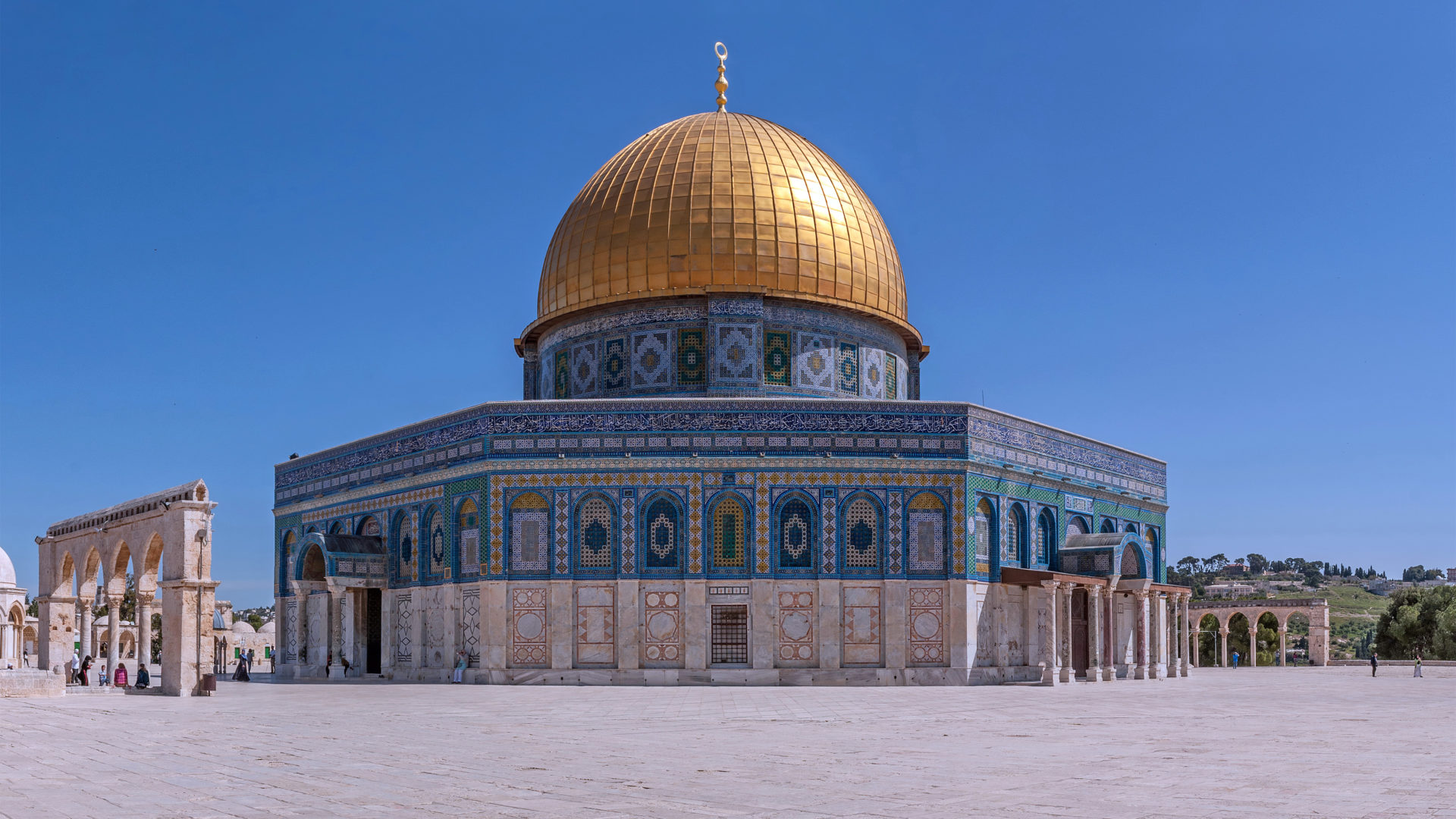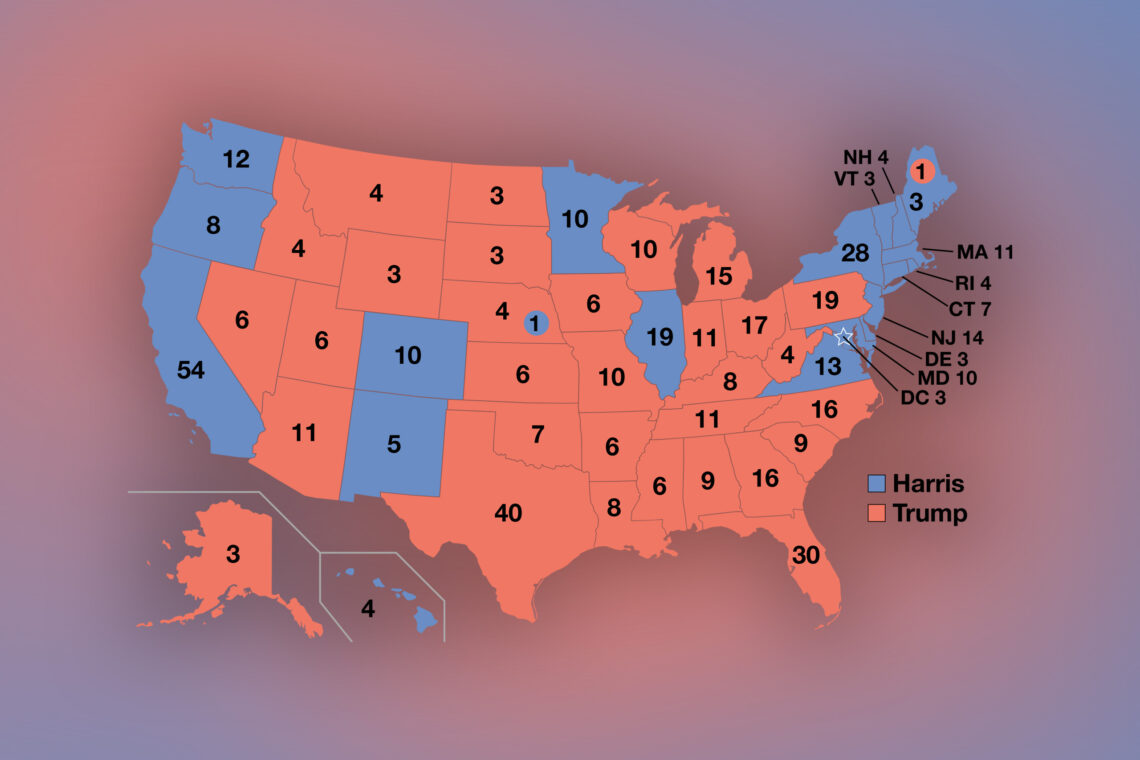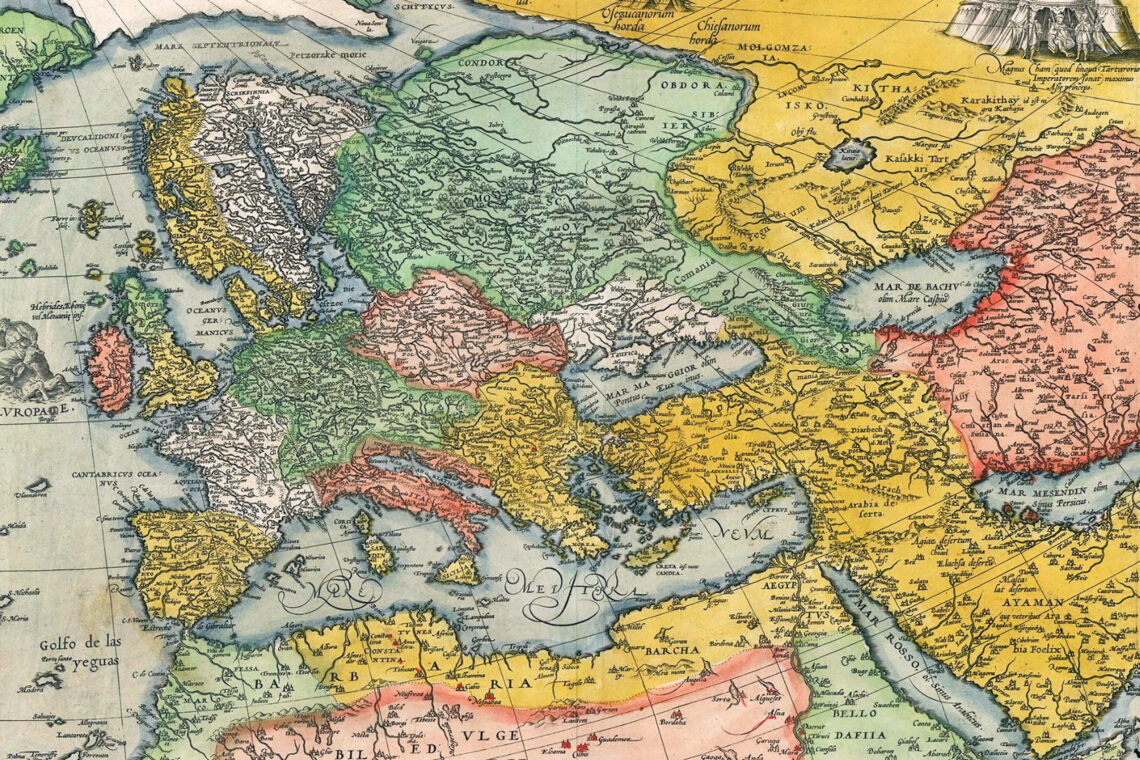If there is any place in the world right now that sits at the heart of the clash of religions, it surely must be Jerusalem, known in Arabic as al-Quds. Claimed by Jews, Christians, and Muslims as a sacred city, it embodies many of the tensions and wars that have coursed through the veins of history since time immemorial. Jerusalem is a city of stone buildings and holy sites, to be sure, but it is also an artifact of our imagination, invested with myths and fables in order to lend support to one religion or another.
The city is ancient and probably predates the rise of Judaism in the region, but the name identifies it as a sacred city for the Jews, the place where the Temple of Solomon was first erected before it was destroyed twice. The Romans called it Aelia Capitolina (named after the Roman emperor Aelius Hadrian) before it was Christianized following the reign of Emperor Constantine. It was Constantine’s mother Helena who, in 326, unearthed many of the holy sites, such as the Church of the Holy Sepulcher, which still stands today. The Persians invaded it and walked away with the relic of the Holy Cross in 614, but the Byzantine emperor Heraclius, no friend to the Jews, brought it back in 629 after defeating the Persians.
It would be a short-lived victory for the Byzantines. By 634, the Arabs, known as Saracenes, were threatening to take the city, which led the city’s patriarch Sophronius to ask the pope in Rome and the patriarch of Constantinople for prayers to shatter the pride of these fierce invaders. In his 634 Christmas sermon, Sophronius complained about the barbarians’ siege of Jerusalem and how they prevented Christians from attending prayers in Bethlehem. It was too late: Sophronius soon surrendered his city to the Muslim leader Omar ibn al-Khattab. From that time on, it remained under Muslim rule, except when the Crusaders took over in the 11th and 12th centuries. It then reverted back to Muslims and remained open to all three faiths, even after the British occupied it in 1917 and Syria was broken up into states, including that of Israel.
It does seem that the city and its environs is trapped in some darkly humorous divine drama. Without any convincing physical proof that a Temple of Solomon ever existed, when the conquering Arabs took the city, they built a sanctuary—haram—on the site of the Jewish Temple to affirm their power vis-à-vis the Christians (the main population of the city then) and the Jews, although the latter were not much of a presence in the city at that time. The Umayyad caliph Abdel al-Malik who built the Dome of the Rock in 692 had an additional motive: He wanted the new sanctuary to be the site of pilgrimage and counter his rival Abdellah ibn al-Zubayr in Arabia who wanted the honor to go the ka`ba (the name of common shrines in the region) in Mecca.
At this time, the Islam we know today was still very much in gestation. In fact, it sounded more like a Christian heresy—that is to say, a form of Christianity that is not sanctioned by the imperial church in Constantinople—than a new religion. To be sure, Abdel al-Malik had his magnificent structure inscribed with copious statements about the oneness of God and the truth of his praised (Muhammad) messenger—many of which found their way into the Koran—but scholars like Christoph Luxemberg believe that such statements were the expression of an anti-Trinitarian form of Christianity that survived in parts of Mesopotamia until the end of Umayyad rule in 750. The Muhammad in the inscription is a reference to Jesus the praised one, not to the Muhammad of the Muslim siras (biographies) written in the 8th and 9th centuries.
Interestingly, it was around the time the Dome of the Rock was built that the name of Muhammad began to appear on coins (although inscriptions of Iliya or Iliya Filastin, the Arabized rendering of Aelia Capitolina) continued to circulate for a while. With the threat of Abdellah ibn al-Zuhayr eliminated, Abdel al-Malik invested the ka`ba in Mecca with a new pedigree: it became the site of Adam’s tomb and the Black Stone found by Adam himself.
It is clear, though, that the Umayyads who, until then, had remained ecumenical, wanted to distance themselves from both Jews and mainstream Christians and establish a new faith with a different name for their community. Jerusalem already had been identified as the Arabs’ first qibla (the locus for prayer orientation), just as it had been the destination of the Prophet during his miraculous Night-Journey (isra’) on a buraq (a mythical creature specializing in the transportation of prophets) to a bayt al-maqdis (which could not have been Muslim since the Umayyads built the first mosques). Jerusalem was also the site from which Muhammad ascended to God’s realm (mi`raj or Ascension) and the location of mihrab Da’ud (better known today as Jaffa Gate), “the place,” in Muslim belief, “in which God forgave David for his sins.”
Because the Dome of the Rock is, according to Oleg Grabar in his masterful study The Shape of the Holy: Early Islamic Jerusalem, “the earliest work of Islamic architecture still standing in more or less its original shape and with much of its original decoration,” it reflects, however obliquely, the origins of Islam. Leaving its insertion in an overwhelmingly Christian milieu with its passionate polemics about the nature of Jesus aside, the Islamic structure, built presumably on hallowed Jewish ground, says nothing about Jews and their scripture, the Old Testament. Was it because Christians were inhospitable to Jews at that time? If that’s the case, and Abdel al-Malik was still thinking of himself as vaguely Christian, that would make some sense.
Still, the absence of any reference to Jews is curious since Islam clearly owes more to Judaism than to Christianity in the formulation of its creed. Arabs were very likely influenced by Jews when they made Jerusalem, with its sacred Temple Mount and Foundation Stone, on which the haram as-sharif complex, with its Dome of the Rock, is built, their first prayer qibla. The Muslims’ diet, fast, circumcision, and even preference of prophets suggests an early association with Judaism before the Arabs struck out on their own. Moses is, far and away, the most cited prophet in the Koran. Muhammad does not even come close to Jesus or even his mother Mary (mistakenly named Miryam in the Koran).
In their controversial book, Hagarism: The Making of the Islamic World (1977), Patricia Crone and Michael Cook add another plausible explanation. Like all people who borrow from others, the Arabs (known as Hagarenes, since they were presumed to be the descendants of Hagar, the wife or concubine of Abraham), wanted their own religion and seem to have chosen the Abrahamic Samaritans (assamiriyun in Arabic) as a model. Judaism’s sacred city was Jerusalem, but the Samaritans replaced it with Shechem, close to a holy mountain (Mount Gerizim) and the site of pilgrimage to an Abrahamic sanctuary. It is the place where Abraham was ordered to sacrifice his son and the area where Joseph is buried. The Arabs simply created a Shechem in Arabia, replacing Mt. Gerizim with Mt. Arafat, Joseph with Ishmael, and the pillar of the Abrahamic sacrifice in Shechem with the rukn.
This is an intriguing possibility since Crone’s work leaves little doubt that Islam could not have developed in Mecca. The Greeks, who had written about the ancient trade with South Arabia, had never heard of it. In the sixth century, people paid attention to Arabian affairs, but there is no mention of the powerful Meccan tribe of Quraysh, or of Mecca itself, in the “Greek, Latin, Syriac, Aramaic, Coptic, or other literature composed outside Arabia before the conquests.” The city is not even mentioned in early Islamic sources. This silence on Mecca lasted for a long time and when the name was first mentioned it was not located in Arabia.
There was no pilgrimage in Mecca before Islam, either. It may have been confused with the pilgrim fairs in the region, such as the harams—sanctuaries—of `Ukaz, Dhul Majaz, and Majanna. The Qurayshis were not the guardians of the goddesses Allat, al-`Uzza (at Nakhla) and Manat. The place was barren, without much of a trade, and didn’t confer protection on its settlers. There was no commercial excess behind a social malaise that called for a reformer like Muhammad to appear. The latter, if he existed in the way often described, would have had to be in northwest Arabia, not in the heartlands of the Hijaz.
The beginnings of Islam are hard, if not impossible, to pin down with any precision. We don’t have many documents to rely on and those that tell the story of Islam were written centuries after the fact, not in Mecca but in Baghdad. The best we could do now is form plausible scenarios based on very fragmented information gleaned from an array of disparate sources. Our knowledge of the patterns of civilization would, however, tend to favor the thesis of an Islam forged out of a complex Judeo-Christian milieu in Syria and projected onto the desert of Arabia—a culturally backward area—so that the Arabs could claim the right to their own prophet and religion. This myth was then written down in Abbasid Iraq and canonized as Allah’s holy truth.





“Without any convincing physical proof that a Temple of Solomon ever existed,”
Gmirkin, Russell. 2020. “‘Solomon’ (Shalmaneser III) and the Emergence of Judah as an Independent Kingdom.” In Biblical Narratives, Archaeology and Historicity: Essays In Honour of Thomas L. Thompson, edited by Lukasz Niesiolowski-Spanò and Emanuel Pfoh, 76–90. Library of Hebrew Bible / Old Testament Studies. New York: T&T Clark.
https://vridar.org/2020/11/02/solomons-palace-and-temple-as-re-worked-assyrian-accounts-part-3/
History’s great paradox. Jews, Muslims and Christians—so close together yet so far apart. I doubt it is by chance that the shape and form of these three great religions–their rituals, canons, codes and creeds—-were the result of the works of men, not God, centuries after the time and place of the colorful stories of divine intervention that hurled them into human consciousness. It was not a great Deity but rather councils and committees assembled together mostly to put things in order, so to speak. But order for whom? Islam as we know it today was written in Baghdad by men not in Mecca by God. Similarly the Apostle’s Creed and its cousin, the Nicene Creed–both professions of faith and liturgy–were written in the 4th century in the cities of Nazareth and Nicaea respectively by you guessed it –councils and committees of men. With respect to Judaism, it is suggested that Moses wrote the first five books during the Israelites exodus wandering through the desert between 1440 and 1400 B.C. However many scholars suggest that the Pentateuch was written during the exile around 550 B.C. and was translated in to Greek under Ptolemy II around 250 B.C. My bet is that there was a council or committee in there somewhere along the way for the Jews, just as was the case for Muslims and Christians. Scholarly sleuthing and historical excavation of just how and when these great religions came to be is both interesting and important in helping us understand our commonalities and from whence we came. But what matters most today is where we are going. To borrow a phrase from the writings of Martin Luther King, it is the “Urgency of Now” that matters.